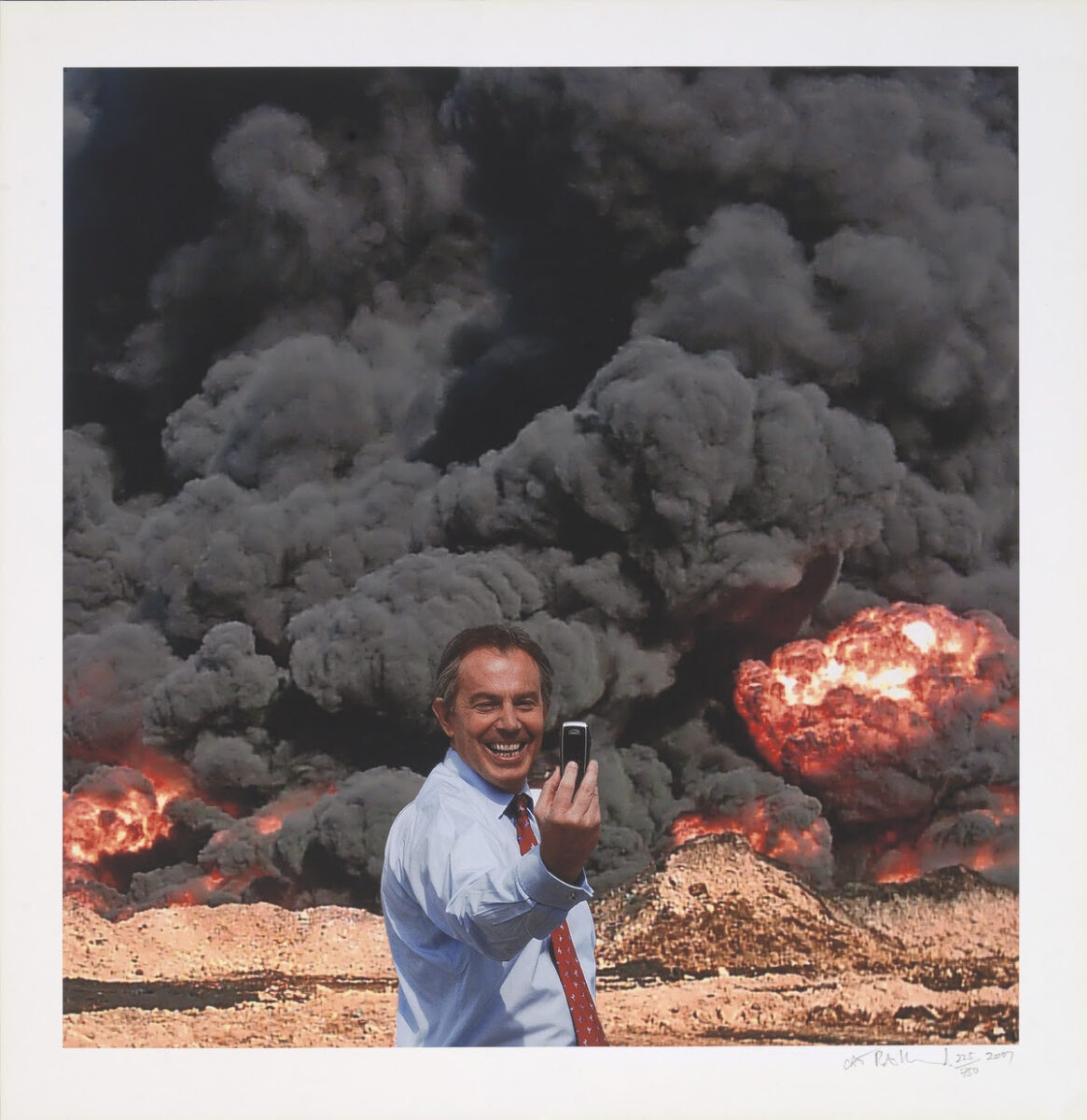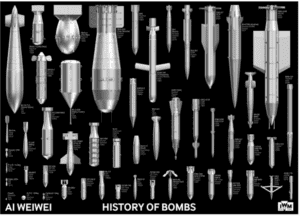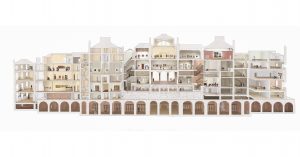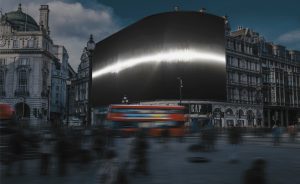The Blavatnik Art, Film and Photography Galleries to open at IWM and will be the UK’s first space to explore how artists, photographers and filmmakers bear witness to and tell the story of war and conflict.

The Galleries enable IWM to share works from its exceptional art collection, one of the world’s most important representations of twentieth-century British art. The Galleries will include around 500 works from IWM’s collection, showcasing some of the vast and era-defining film and photography collections, which include over 23,000 hours of footage and over 12 million photographs.
These brand new, permanent galleries will show how artistic interpretation can uniquely shape our understanding of conflict and will display iconic artworks from Henry Moore, Paul Nash, Anna Airy, Eric Ravilious, Walter Sickert and Stanley Spencer alongside the photography of Cecil Beaton, Olive Edis and Bill Brandt.
The Blavatnik Art, Film and Photography Galleries move beyond the chronicling of war by artists, to scrutinise the way war has altered artistic representation itself. Individually themed rooms focus on the ways in which war changed and is changing the techniques and parameters of British art: Mind and Body considers the impact of war on artistic representation of the human body, Perspectives and Frontiers the changing depiction of war on the ground and – for the first time in the Second World War – in the air – and Power of the Image the evolution of the art of propaganda and protest.

The Galleries reflect the changing definition of conflict over the last two centuries, moving from the monolithic battles of First World War to the more fragmented and complex conflicts of the 21st century. Contemporary artists engagement can offer a non-Western perspective and pose legal, moral and ethical questions of conflict. Artists have responded to conflicts in Northern Ireland, Iraq, Afghanistan, Libya, Bosnia and Palestine and works on display include Steve McQueen’s sculptural and photographic installation Of Queen and Country, Rosalind Nashashibi’s film Electric Gaza, Mohammed Sami’s painting Abu Ghraib and Johnathan Olley’s photographs of Northern Ireland.
The Blavatnik Art, Film and Photography Galleries will also have a dedicated Screening Space, showcasing IWM’s historical film collection, including the premiere of newly restored war epic The German Retreat and Battle of Arras. The Galleries will also present Art Box a screening space that will focus on artists’ contemporary moving image and will feature exceptional works by Coco Fusco, Omer Fast and Shona Illingworth.
These new, permanent galleries will reflect global conflict from 1914 to the present day. This is the first gallery exclusively dedicated to how artists respond to conflict. Together, these objects reflect a century of seismic change culturally, socially and politically. The development of the Blavatnik Art, Film and Photography Galleries is part of the third phase in the dynamic transformation of IWM London.
About
IWM (Imperial War Museums) tells the story of people who have lived, fought and died in conflicts involving Britain and the Commonwealth since the First World War.
Our unique collections, made up of the everyday and the exceptional, reveal stories of people, places, ideas and events. Using these, we tell vivid personal stories and create powerful physical experiences across our five museums that reflect the realities of war as both a destructive and creative force. We challenge people to look at conflict from different perspectives, enriching their understanding of the causes, course and consequences of war and its impact on people’s lives.
IWM’s five branches which attract over 2.5 million visitors each year are IWM London, IWM’s flagship branch that has recently transformed with new, permanent and free Second World War and The Holocaust Galleries; IWM North, housed in an iconic award-winning building designed by Daniel Libeskind; IWM Duxford, Britain’s best-preserved wartime airfield; Churchill War Rooms, housed in Churchill’s secret headquarters below Whitehall; and the Second World War cruiser HMS Belfast.
www.iwm.org.uk






